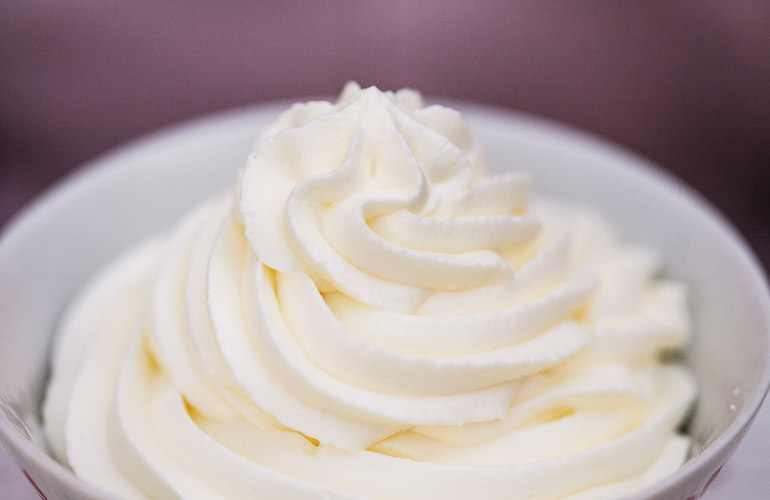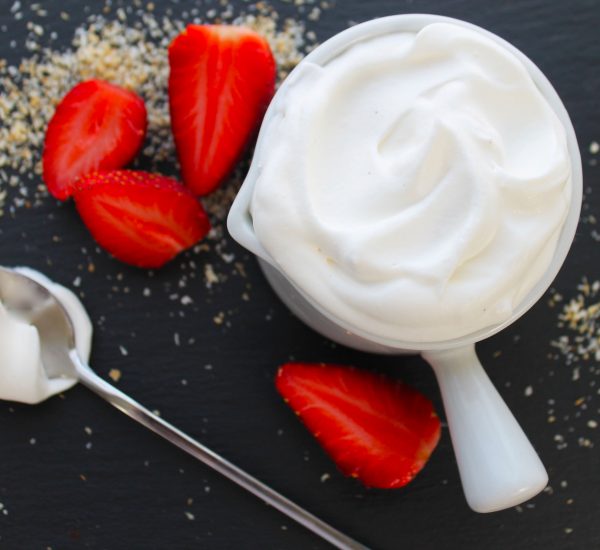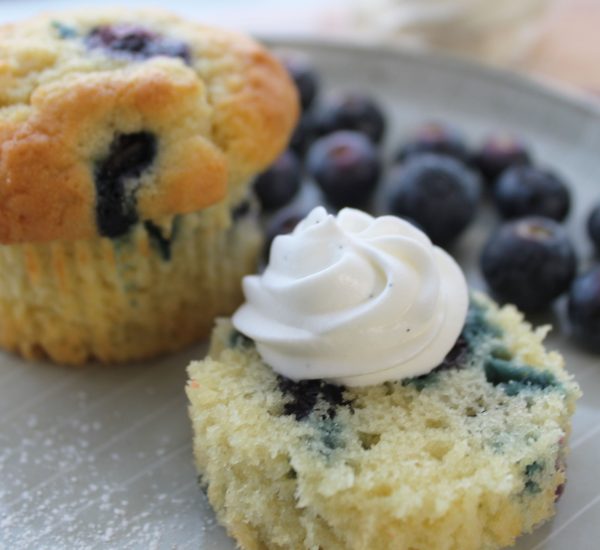If you’ve found yourself a little bit of a loss when it comes to differentiation whipped cream with whipping cream, fear not. In our latest post, we’re on hand to answer the seemingly impossible question: what is the difference between whipped cream, whipping cream (and heavy whipping cream!)? If like a lot of people you presumed they were the same thing until now, it’s no real surprise. Based on appearance alone, it can be pretty tricky to tell the difference. Not to mention when you add heavy cream, clotted cream and other lesser known variations into the equation.
Unlike a lot of the answers you may have come across, we’re going to keep things as simple as possible as we break down the differences and hit you with the cold hard facts. We’ll start with the most important consideration: the recipe. When you’re putting the effort into creating a recipe, you want to go for the option that is best suited to it, so when you’re making your selection, always keep the intended use at the forefront of your mind.
Whipped cream is already whipped, ready to use cream that you can slather onto your sweet treats with little to no effort. It usually comes in an aerosol can and can be stored in the fridge for a couple of weeks, often longer.
Whipped cream
- Shop bought
- Ready to go
- Higher in fat
- Light and fluffy
- Sweet in taste
- Longer shelf life
- Minimal effort
Whipping cream is cream that can be whipped. To be a little more specific, whipping cream is cream with a minimum fat content of 30%, often around 40% that can be whipped from a liquid form into little peaks of creamy goodness. The higher the fat content in whipping cream, the easier it is to whip. You may also choose to add sugar or vanilla essence for thicker, sweeter cream. Because whipping cream and heavy cream can be altered before you whip it, it’s often a more versatile option than whipped cream. This way, you can tailor it to suit certain recipes without running the risk of splitting or curdling the cream.
Whipping or heavy cream:
- Shop bought
- Comes in liquid form
- Lower in fat
- Noticeably heavier, holds its shape well
- May require some sweetening
- More versatile
- Shorter shelf life
- Requires some serious whipping
As well as buying whipping cream and whisking away until it transforms into whipped cream, using heavy cream is also an option. Using whipping cream will create a lighter result, whereas heavy cream holds its shape slightly better, making it a good option for cupcakes and pies. Heavy cream has a fat content of 36% or more whereas whipping cream is slightly lower. Because heavy cream has the highest fat content, it’s the heaviest and most decedent choice, perfect for those indulgent recipes. Of course you can use cream chargers if you don’t wish to whip the cream manually.
Beyond taste and effort required, one of the significant distinctions between whipped cream and whipping cream is fat content. The fat content is whipping cream is significantly lower, so, if you’re watching the calories, opt for whipping cream.




